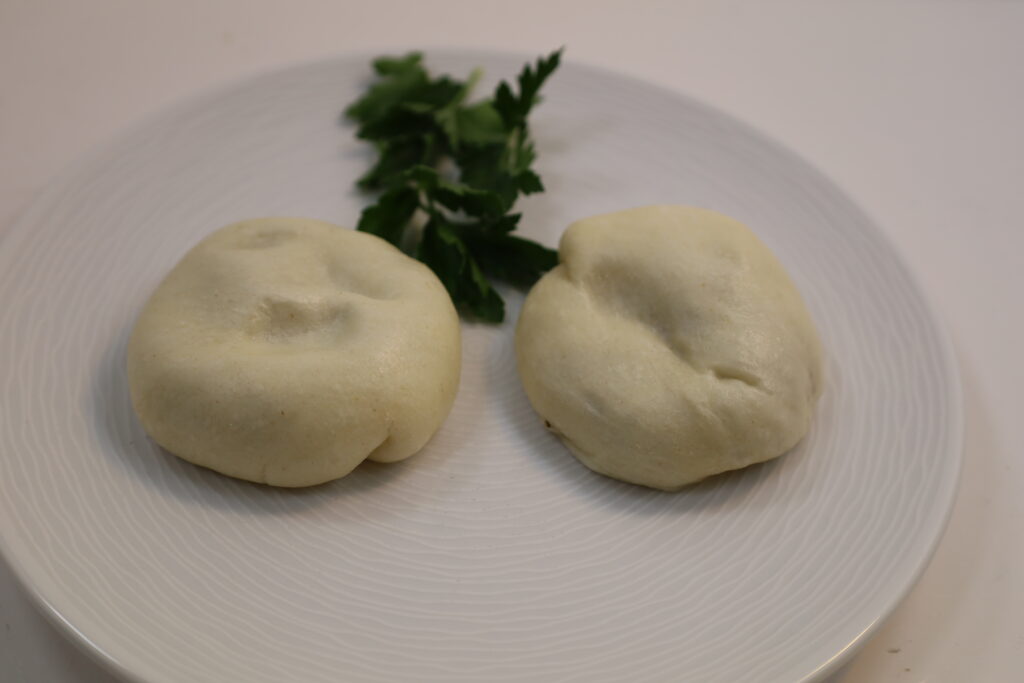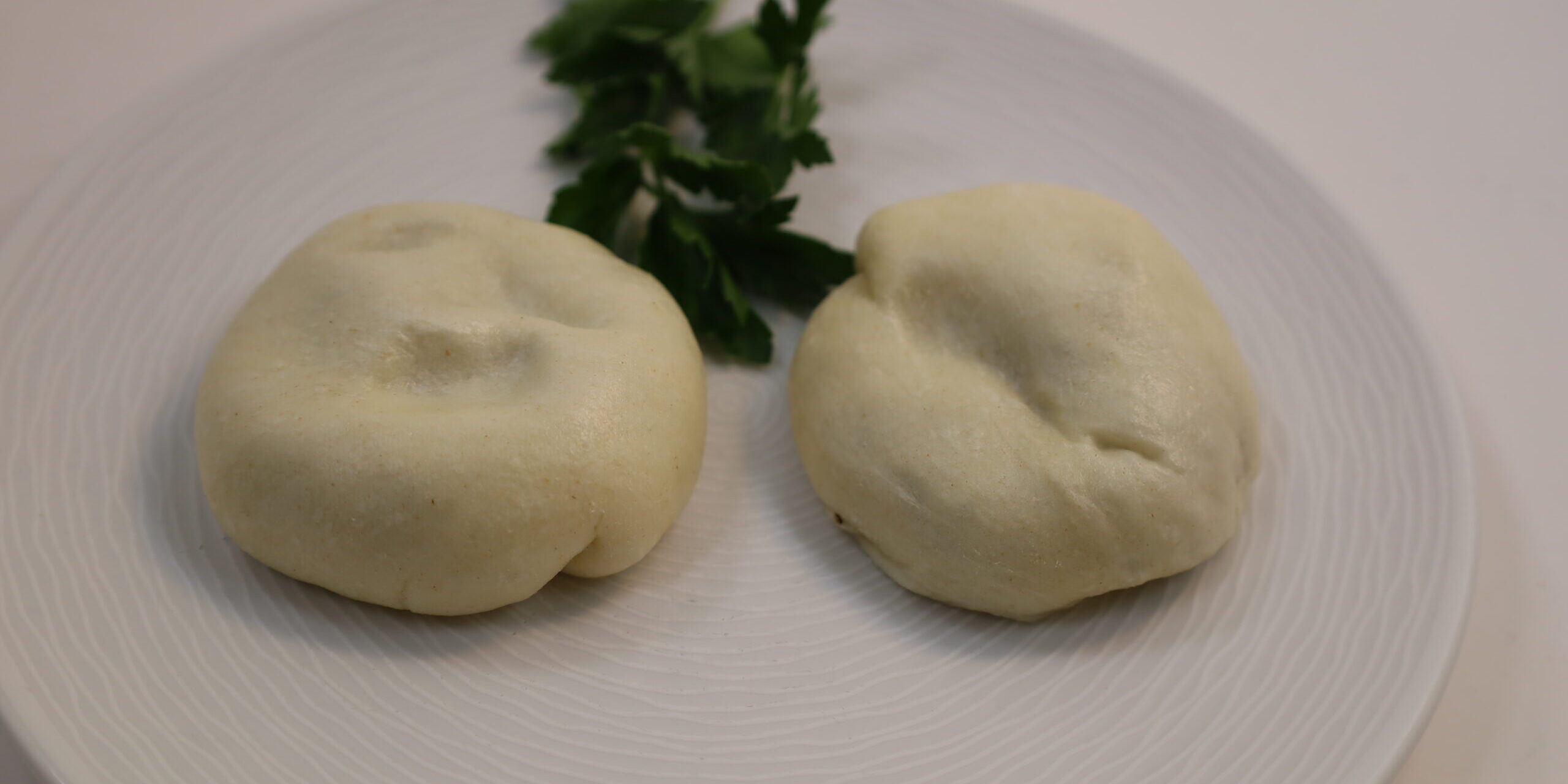The Adzuki bean has a long history. Originally domesticated in china approximately 3000 BC. They are called “anko” in Japan and probably arrived in Japan from China in the 1600s. The original filling was made out of meat and vegetables, however to fulfil Buddhist vegetarian requirements the red beans made in a paste was used.
Adzuki beans today are extensively cultivated in the Yangtse River Valley in China. However, cultivation today also includes the countries of Thailand, New Zealand, Philippines, and other countries. However, China is the major producer of these beans, with a yield of about 4 million tons in 2019.
In Japan the use of red bean paste in pastries apparently began in the 19th century. Anpan, a sweet roll using a yeasted dough and red bean paste, was developed by a “ronin” who was trying to make a bread that agreed to Japanese palates. His Restaurant “Kimuraya Sohonten” is still in business in Ginza Tokyo.
The classic Chinese Red Bean Bun is known at Dou Bao in Northern China and Dousha Bao in Southern China. It is a classic Dim Sum option.

Dou Sha Bao
Ingredients
Dough
- 1 ½ cups King Arthur All Purpose Flour
- ¾ cups Potato starch (or corn or wheat)
- ¼ tsp sea salt
- 2 tsp instant active yeast
- 1 tsp baking powder
- 1 tbsp peanut oil (or similar vegetable oil)
- ¾ cup Whole milk
- ¼ cup honey
Assembly, cooking and serving
- Red bean paste (see recipe for home made or use store bought) (https://wrapitupfood.com/red-bean-paste/)
Instructions
Dough
- Place the flour, starch, salt, yeast, baking powder in the bowl of a stand mixer and whisk well.
- Pour the milk and honey together in a 2 cup pyrex measuring cup, whick well.
- On low to medium stand mixer speed, add the oil to the flour mixture, then add the milk/honey mixture.
- Mix until a good dough ball forms. If the dough is too dry, add milk by the table spoon, if too wet, spoonfuls of flour until the dough ball is achieved and all the ingredients have been incorporated.
- Emphny the dough onto a clean dry floured surface and knead for a few minutes.
- Place the dough ball in an oiled bowl, and then into a proofing box.
- Let the dough raise to double it's size. You can place the dough in the refrigerator before this step. This actually adds flavor and will retard the yeast growth. Remove from the frig, place in the proofing box and let raise to double it's size.
Assembly, cooking and serving
- Wrapping these buns is a challenge. You want the dough thick enough to contain the filling, but not too thick that all you taste is dough.
- Remove the dough from the proofing box, pour out onto a clean, flat and floured surface and punch down.
- Cut the dough into 12-15 pieces depending on how big you want the buns to be.
- Make 12-15 dough balls. Flatten the ball andplace in the palm of your hand.
- Using an small ice cream scoop 1-2 ounces, place a scoop of the red bean paste onto the flattened ball in your hand.
- Bring up the sides, carefully, and seal the red bean paste into the ball of dough. Do not pull the sides up, rather just fold them in and seal them. Again you don't want to have thin tops to the buns.
- On a parchment covered cookie sheet, place the finished buns sealed side down.
- Let them raise about 30-45 minutes, to about 50% larger in size.
- Fill the bottom of a steamer pan about half full with water. Place on a burner and bring to a boil.*
- Place fenestrated parchment rounds in each of the steamer sections (this includes bamboo steamers as well)
- Place the buns on top of the parchment inserts about 1 inch apart.
- Steam the buns over a medium burner for about 15 minutes. The buns will expand into wonderful white pillows of flavor.
- After 15 minutes and the buns have cooked, remove the steamer from the heat, but do not open for a good 5-10 minutes. This is to prevent the buns from collapsing. With the baking powder, this seems unlikely, but I do this step anyway. The buns will taste the same, just look funny.
- Dim Sum restaurants will frequently place a drop of food coloring in the middle of each bun, usually red. I do not do this.
- Remove from the steamer, plate and eat.*








